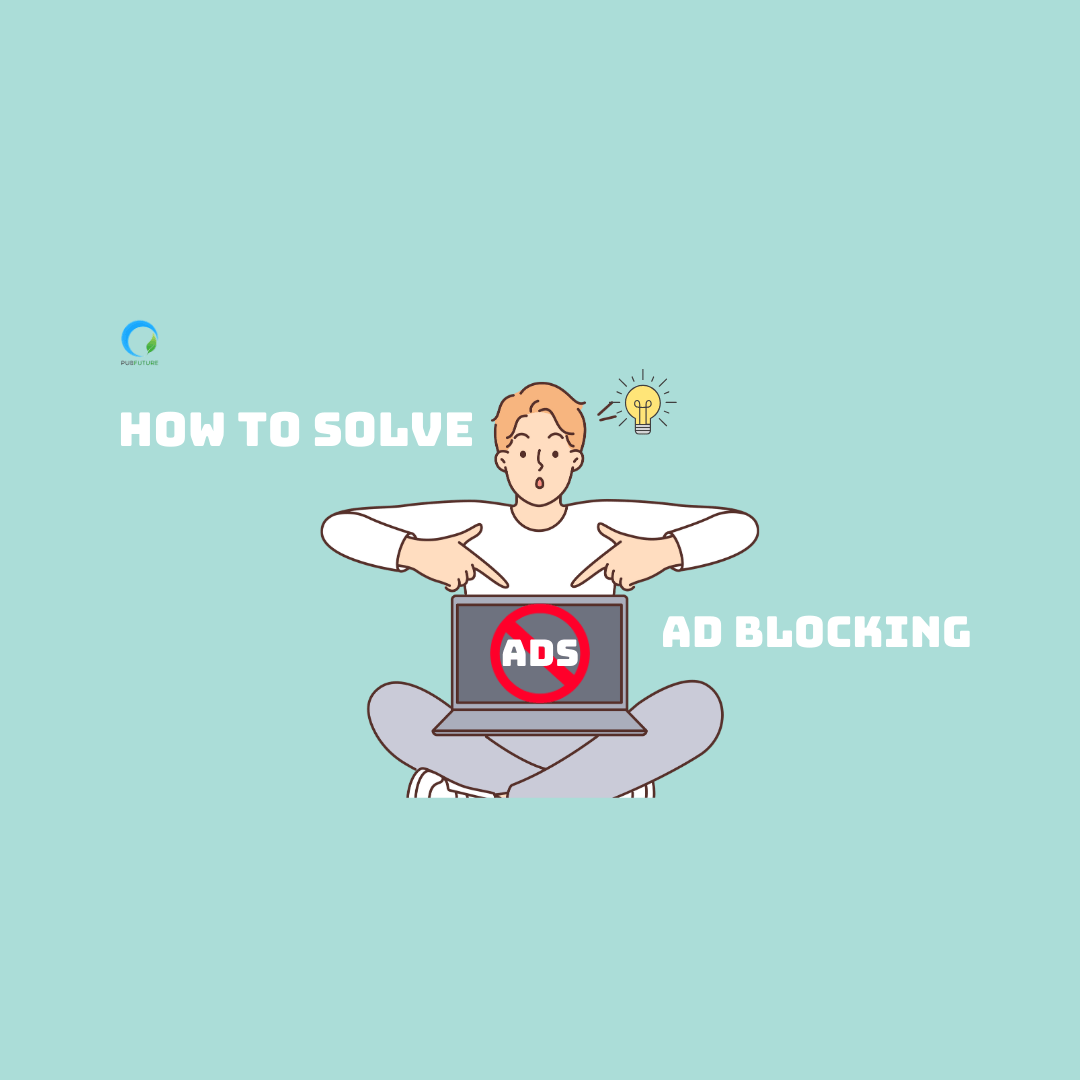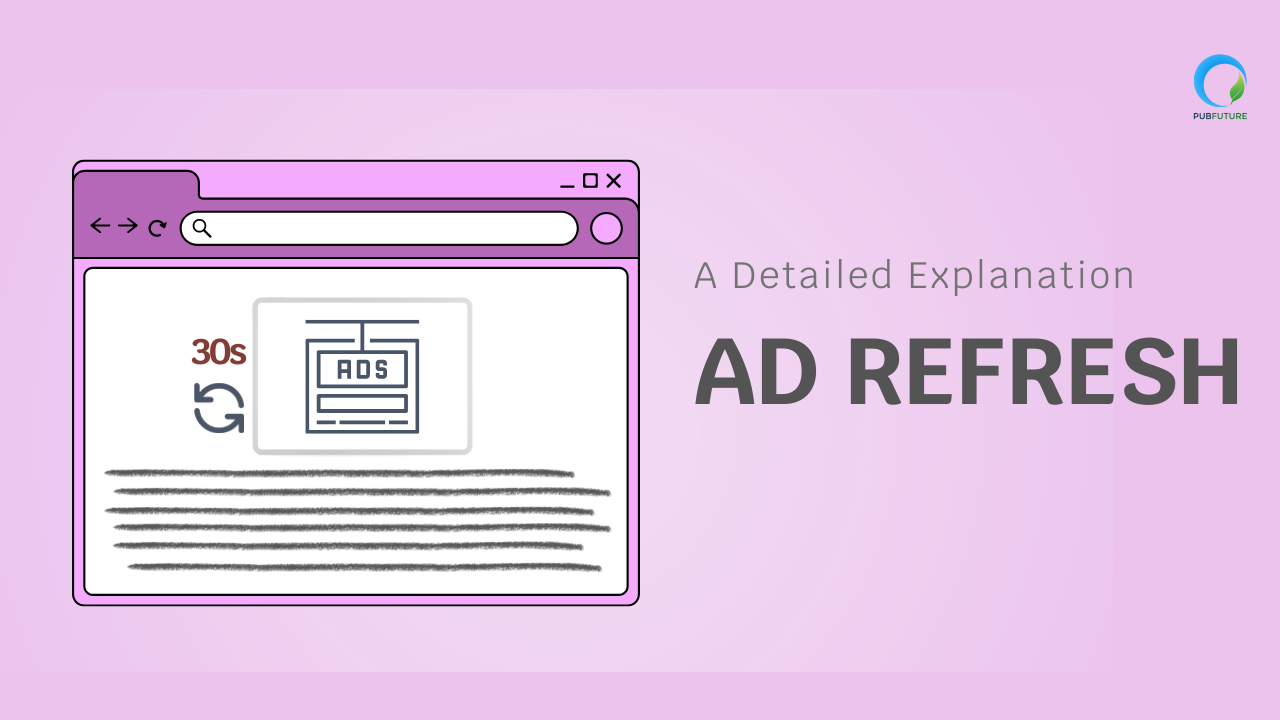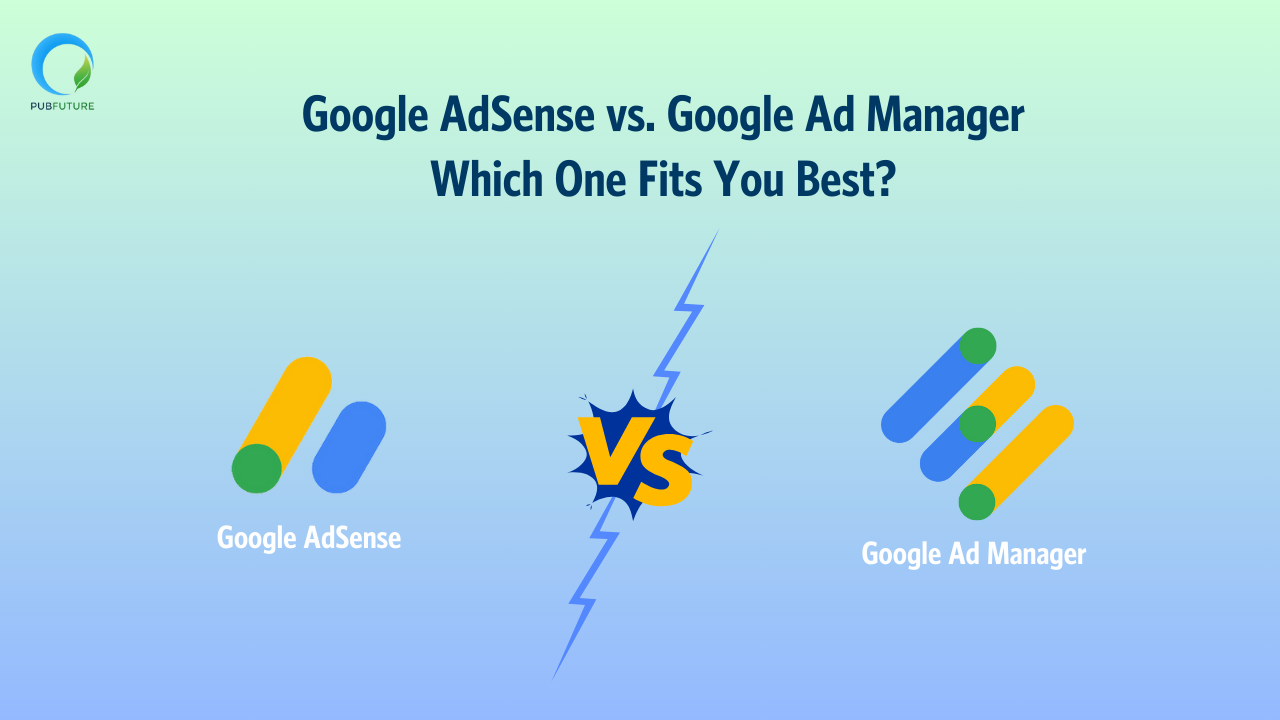What is Ad Blocking?
Ad blocking or ad filtering is a software capability for blocking or altering online advertising in a web browser, an application, or a network. Software for ad blocking or ad filtering blocks or alters online advertising in a web browser, an application, or a network. Users can do this using browser extensions or other methods.
How it works?
First, a person downloads and runs an Ad blocking application, which could be a plugin, browser extension, or something else. The person then opens the browser and tells it to visit a website. When the website loads, users’ ad-blocking applications scan the website and its scripts, comparing them against a predefined list of websites and scripts programmed for blocking. If it finds any websites and scripts, it will block them.
Here’s a visual look at how they work:

(Source: Knowonlineadvertising.com)
How Ad Blocking Can Affect Your Website?
Ad blocking has become a significant challenge for publishers who rely on advertising revenue to support their content creation efforts. With an increasing number of users deploying ad blockers, publishers face declining revenues, which can impact the quality and quantity of content they provide.
According to Sean Blanchfield, online gaming engineer at Call of Duty and Guitar Hero, “Users are inadvertently putting their favorite websites out of business,”
Globally, 32.8% of internet users use ad blockers at least sometimes when online, GWI data shows. According to another source (Blockthrough), there were an estimated 912 million ad-blocking users worldwide in Q2 2023 (416 million on desktop and 496 million on mobile).
However, there are several strategies that publishers can adopt to mitigate the effects of ad blocking while still offering a positive user experience.
1. Understand the Audience’s Perspective
Before taking any action, publishers must understand why users are blocking ads. Here are some common reasons why users might block ads:
- Intrusive Ad Formats: For the most part, users often cite ads that disrupt the browsing experience by popping up in the middle of content or automatically playing loud videos as the most annoying. Users block these ads to avoid interruptions and maintain a seamless experience.
- Ad Overload: Cluttered ads on a webpage can slow down the page load time and make it difficult for users to focus on the content they came for. As a result, this leads to frustration, prompting users to install ad blockers
- Tracking and Data Collection: Advertisers embed many ads with trackers that collect user data to deliver personalized ads. Users are less likely to block ads that are relevant, non-intrusive, and contextually aligned with the content.
- Slow Page Load Times: Ads that rely on large scripts or multiple server requests can significantly slow down page load times, especially on mobile devices. For that reason, users may block ads to speed up their browsing experience.
By addressing these issues, publishers can create a more user-friendly environment that may encourage users to disable their ad blockers.
2. Optimize Ad Formats
One of the primary reasons users install ad blockers is due to intrusive and disruptive ad formats, such as pop-ups or auto-playing videos. Publishers can mitigate this by using less intrusive ad formats, such as native ads, which blend seamlessly with the content, or static banners that don’t interfere with the user experience. Users are less likely to block ads that are relevant, non-intrusive, and contextually aligned with the content.

(Source: Optidigital.com)
3. Implement Ad Blocker Detection
Ad-blocker detection tools can help publishers identify when a user is blocking ads. Once detected, publishers can take various actions, such as displaying a message explaining the importance of ads in supporting the site or offering an alternative, such as a subscription model. This approach helps in educating users about the role of ads while providing them with a choice.

(Source: Techsini.com)
Here’s how you can implement ad blocker detection:
- Using JavaScript Detection
- Using Third-Party Libraries
- Server-Side Detection
By implementing ad blocker detection, publishers can better manage their ad revenue streams while still offering a positive user experience.
4. Offer an Ad-Free Subscription Model
Many users are willing to pay for an ad-free experience, especially if they value the content a publisher provides. By offering a subscription model, publishers can diversify their revenue streams. This approach not only helps offset the revenue lost from ad blockers but also builds a more engaged and loyal audience base.

(Source: Madgicx.com)
5. Use Ad Block Recovery Solutions
There are technological solutions available that help bypass ad blockers. These solutions work by serving ads in a way that avoids detection by ad blockers, ensuring that ads are still displayed even when a blocker is enabled. However, publishers should use this approach cautiously, as it may lead to a negative user experience if not implemented thoughtfully.

(Source: Mediavine.com)
6. Focus on Quality Content
At the heart of any successful publishing strategy is high-quality content. By consistently delivering valuable, engaging, and relevant content, publishers can build a loyal audience that may be more willing to whitelist their site or even pay for access. Content that resonates with the audience can often encourage them to disable ad blockers voluntarily, as they recognize the value of supporting the publisher.
7. Educate Your Audience
Transparency is key. Particularly, publishers should communicate openly with their audience about why ads are necessary. This can be done through direct messaging on the site, such as pop-ups or banners, explaining how ad revenue supports content creation. Educating users on the value exchange—free content in exchange for viewing ads—can lead to greater understanding and cooperation.
8. Leverage Data and Analytics
Understanding user behavior through data and analytics is crucial. Publishers can use this information to tailor their ad strategies, ensuring that ads are relevant and delivered at the right time to the right audience. Obviously, personalized and contextually relevant ads are less likely to be blocked and more likely to engage the audience.
10. Collaborate with Advertisers
Publishers and advertisers can work together to create better ad experiences. By collaborating on the design and placement of ads, both parties can ensure that the ads are effective yet unobtrusive. Moreover, advertisers can also be encouraged to develop creative and innovative ad formats that are less likely to be blocked.

Conclusion
In conclusion, Ad blocking is a complex issue with no one-size-fits-all solution. However, by adopting a multi-faceted approach that includes optimizing ad formats, educating users, offering alternative revenue models, and focusing on high-quality content, publishers can mitigate the impact of ad blocking. Ultimately, the goal is to create a sustainable model that balances the needs of the audience with the financial realities of content creation.
At Pubfuture, we provide a variety of user-friendly, high-quality ad formats to make sure your users remain engaged and satisfied. Besides banners and native, we also provide video ads, we can customize the frequency of the ads to make sure your users remain engaged and satisfied. Sign up and explore now.









